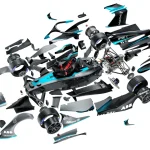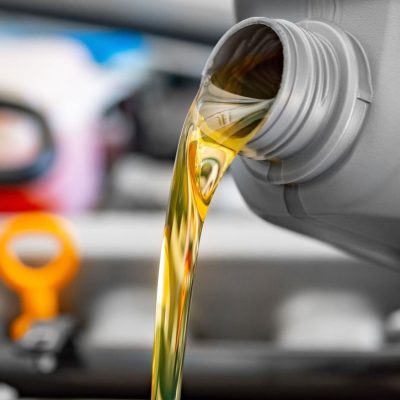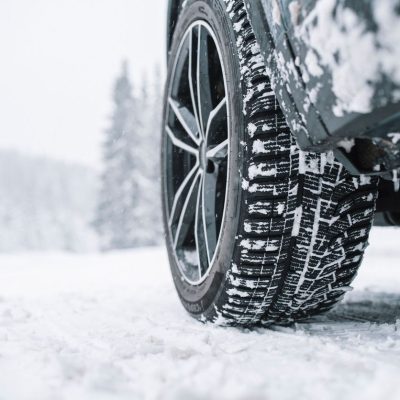There’s a special kind of satisfaction in rolling up your sleeves, popping the hood, and taking care of your car yourself. Beyond the pride, DIY car maintenance is a smart way to save money, prevent costly repairs, and keep your vehicle running smoothly. Not every task requires a mechanic’s toolbox or expertise—many are straightforward, rewarding, and perfect for drivers who want to connect more deeply with their ride.
If you’re ready to become your own car’s best friend and save some serious cash, here’s a rundown of the best maintenance jobs you can tackle at home.
1. Changing the Engine Oil and Oil Filter
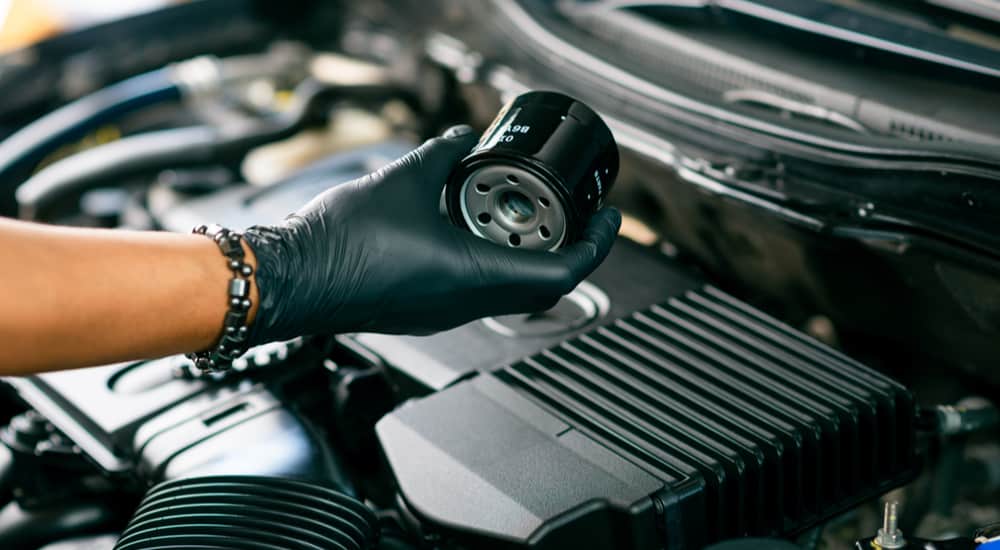
Oil is the lifeblood of your engine, and fresh oil keeps everything running slick and cool.
- Why DIY? Saves you the labor cost at the shop and gives you control over the oil quality.
- What you need: Engine oil (check your manual for the right type), new oil filter, wrench, oil drain pan, funnel, gloves, and rags.
- How it works: Drain the old oil, replace the oil filter, refill with new oil, and check levels.
- Pro tip: Always properly dispose of used oil—it’s hazardous waste.
2. Replacing Air Filters
A clean air filter boosts engine efficiency and improves fuel economy.
- Why DIY? Cheap parts and a few minutes of your time can make a noticeable difference.
- What you need: New air filter (specific to your car model).
- How it works: Locate the air filter box (usually near the engine), open it, swap out the old filter for a new one.
- Pro tip: Inspect your cabin air filter too—clean air inside the car means happier lungs.
3. Checking and Replacing Windshield Wipers
Clear vision is non-negotiable for safe driving.
- Why DIY? It’s fast, easy, and cheap.
- What you need: New wiper blades (match your car’s size).
- How it works: Lift the wiper arm, release the old blade, snap the new one in place.
- Pro tip: Replace wipers yearly or if you notice streaking.
4. Changing Headlight and Taillight Bulbs
Don’t wait for a cop to pull you over for a burnt-out bulb.
- Why DIY? Bulbs are inexpensive, and replacing them is straightforward.
- What you need: Correct bulb types (consult your manual).
- How it works: Access the bulb housing from under the hood or trunk, remove old bulbs, install new ones.
- Pro tip: Wear gloves when handling halogen bulbs to avoid oil residue and premature failure.
5. Inspecting and Inflating Tires
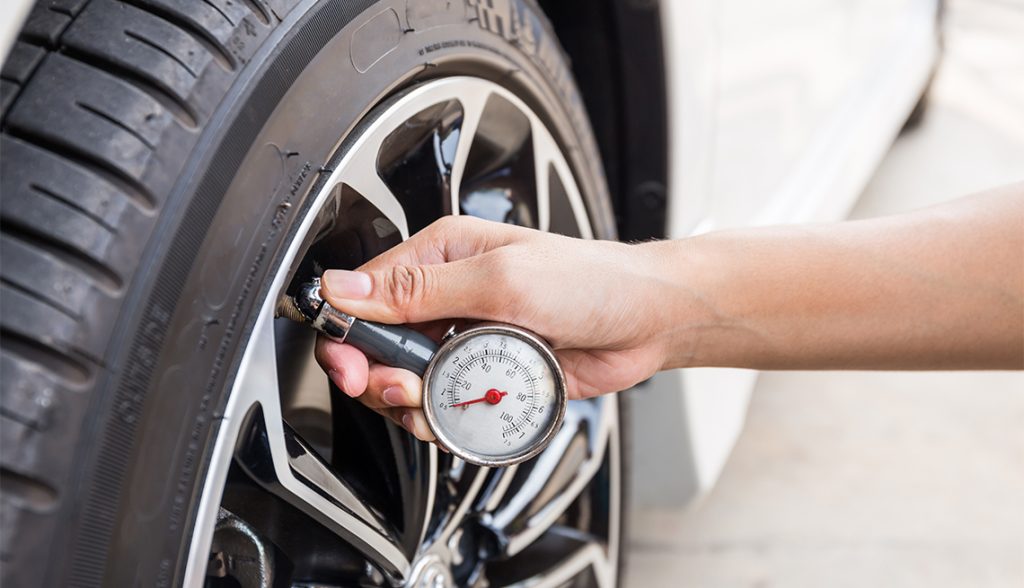
Proper tire pressure improves fuel efficiency and safety.
- Why DIY? Saves gas money and extends tire life.
- What you need: Tire pressure gauge and an air compressor or gas station air pump.
- How it works: Check tire pressure monthly, inflate to manufacturer’s recommended PSI (found on the driver’s door jamb or manual).
- Pro tip: Don’t forget the spare tire.
6. Replacing Spark Plugs
Fresh spark plugs mean smoother starts and better fuel burn.
- Why DIY? The parts are affordable, and it’s a relatively simple swap on many vehicles.
- What you need: New spark plugs, spark plug socket, ratchet, gap gauge.
- How it works: Remove old plugs, check and adjust the gap on new plugs, install them.
- Pro tip: Check your manual for replacement intervals and torque specifications.
7. Changing Your Car Battery
If your car struggles to start, the battery might be the culprit.
- Why DIY? Avoid pricey shop fees and avoid being stranded.
- What you need: Replacement battery (correct size and type), wrench.
- How it works: Disconnect negative terminal first, then positive, remove old battery, place new battery, reconnect positive then negative terminals.
- Pro tip: Clean terminal clamps to ensure good contact.
8. Flushing and Refilling Coolant
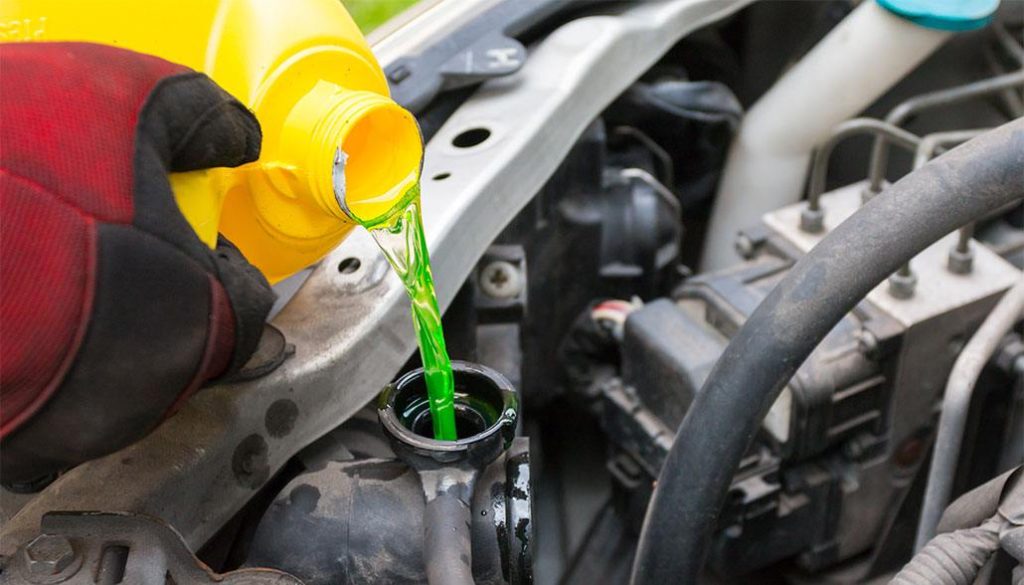
Keeping your engine cool is vital to avoid overheating.
- Why DIY? Saves money and keeps your cooling system in top shape.
- What you need: Coolant/antifreeze, drain pan, gloves.
- How it works: Drain old coolant from radiator, refill with a fresh mix.
- Pro tip: Only work on a cold engine to avoid burns.
9. Replacing Cabin Air Filter
Keep the air inside your car fresh and free of allergens.
- Why DIY? Inexpensive and easy to access on most cars.
- What you need: Correct cabin air filter.
- How it works: Locate the filter behind the glove box or under the hood, remove old filter, install new one.
- Pro tip: Change every 12,000 to 15,000 miles or annually.
10. Checking and Topping Off Fluids
Power steering, brake, windshield washer, and transmission fluids all need regular attention.
- Why DIY? Prevents wear and expensive repairs.
- What you need: Appropriate fluids (consult your owner’s manual).
- How it works: Locate reservoirs, check levels, add fluid if necessary.
- Pro tip: Never mix fluids; use the exact type specified.
Why DIY? Beyond the Savings
Doing your own maintenance not only saves you hundreds, sometimes thousands, but it builds confidence and knowledge about your vehicle. It transforms car ownership from a costly chore into a hands-on hobby. Plus, it gives you the power to catch issues early, before they become wallet-busting disasters.
Final Thought: Start Small, Build Skills
If you’re new to DIY, start with simple tasks like checking tire pressure or replacing wiper blades. As you grow comfortable, tackle oil changes and filters. With every project, you’re not just saving money—you’re tuning into your car’s heartbeat, making every drive safer and more enjoyable.
Ready to get your hands dirty? Your car—and your bank account—will thank you.

